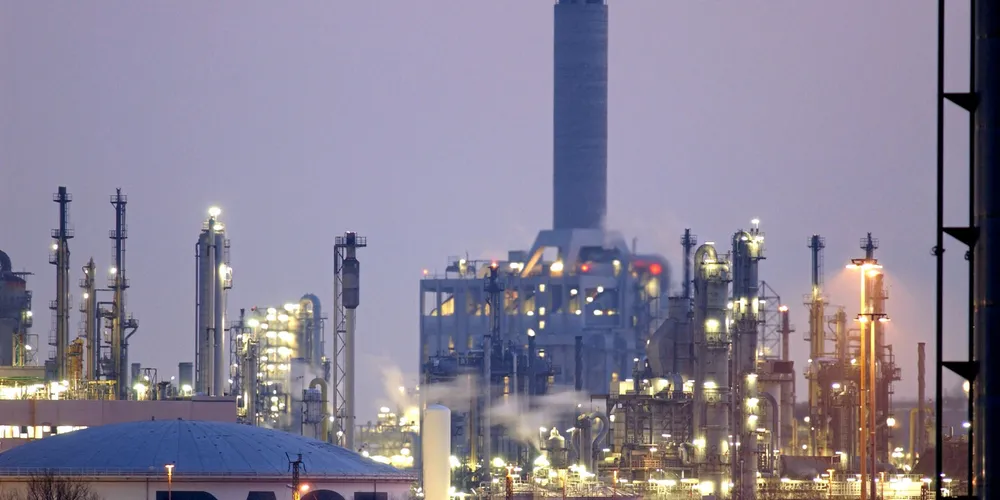Gigantic green hydrogen grant | Chemical giant's PEM project to receive €134m from Germany after EU approval
BASF plans 54MW electrolyser at its German headquarters to help decarbonise its operations and learn about the technology

BASF plans 54MW electrolyser at its German headquarters to help decarbonise its operations and learn about the technology
